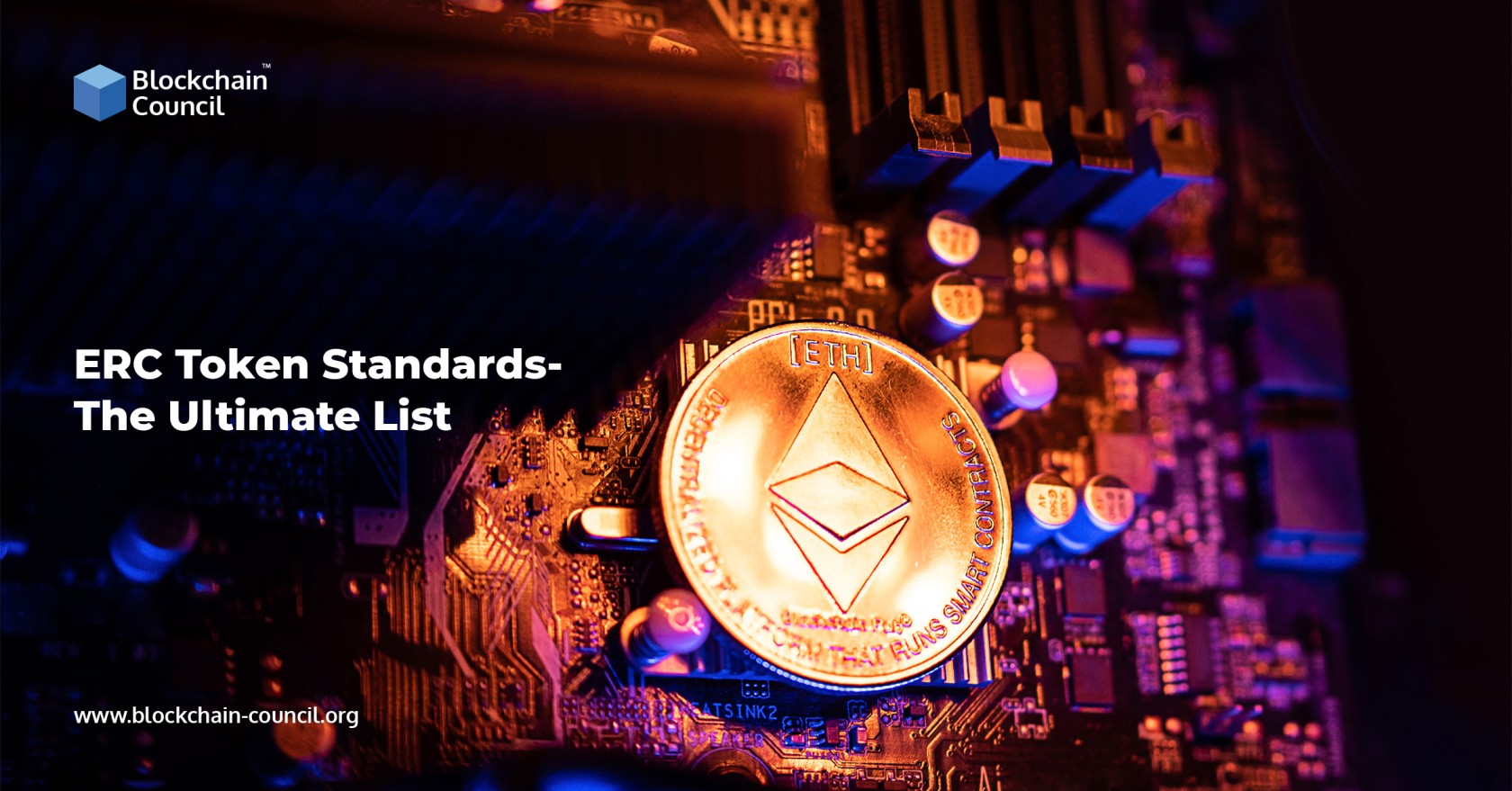
- Ayushi Abrol
- May 18, 2022
 If you are looking for information on what the ERC standards are and how they affect you, then you have come to the right place.
If you are looking for information on what the ERC standards are and how they affect you, then you have come to the right place.
ERC is essentially an acronym for Ethereum Request for Comments. In general, ERCs are specifications for Ethereum applications, such as token standards, name registries, library formats, and package formats. An author may create an Ethereum Blockchain app with an ERC token, but they will need to clarify their standard and gain community approval.
According to common ERC standards, applications and smart contracts can communicate predictably with tokens. To date, the ERC-20 standard is the most widely used ERC standard. It simplifies the development, use, and exchange of Ethereum-based tokens.
Crypto enthusiasts, however, should be aware of the issues that arise when various projects implement restricted functionality from each standard, and this results in non-compliant smart contracts. This is a topic we cover in the final section of the guide.
ERC standards compiled in one place!
ERC Standards: What Are They?
In the Ethereum blockchain platform, ‘Ethereum Request for Comments (ERC) is a document that smart contract programmers use to write smart contracts. In these documents, Ethereum-based tokens are described as having to comply with certain rules.
The ultimate Ethereum guide is a good place to start if you’re unfamiliar with the fundamentals of Ethereum.
This process is called the Ethereum Improvement Proposal, and it is used by the Ethereum developer and community to review these documents. The developer who created the document might then revise it as a result of their comments.
After working through the EIP process, some of these documents are accepted by the Ethereum community, finalized, and then developers implement them. These documents are then called ERC tokens. Basically, ERCs originate as EIPs and can cover various areas, such as tokens, registration names, etc.
Standards And Applications For Ethereum ERC Tokens
-
ERC-20
Since 2015, it has been the ERC-20 standard that has been most important for Ethereum. All smart contracts on the Ethereum blockchain are based on the Ethereum RRC-20 standard, which has become the technological standard for token implementation on the Ethereum. Tokens built on Ethereum must follow a set of guidelines outlined in the document. The Ethereum blockchain developer supports the sending and receiving of ERC-20 tokens. It differs mainly because ERC-20 tokens are distributed over the Ethereum network rather than on their blockchain.
Blockchain buzz was fuelled in 2017 and 2018 by the issuance of an enormous number of ERC-20 tokens to raise money for new Blockchain ventures. Although this standard still exists in 2020, it continues to be a significant tool in Ethereum ecosystems. Cryptocurrency providers and exchanges are also endorsing it.
-
ERC-721
To create a non-fungible token, this proposal aims to do so. According to ERC-20 and ERC-223, tokens are fungible (i.e. single units of those tokens are equal to two units). As a result, it’s easy to trade these tokens, because all tokens can be treated the same way. Yet, there are a number of situations when you need to have un-identical tokens, which are used on the platform, and add some extra parameters, as well as price them differently.
Each token could have some different parameters added to it, such as representing some part of a real estate object. Similarly, in the case of WePower, tokenized electricity tokens cannot be treated as equal, since each might represent a different timeframe, amount, or type of energy (solar, wind, hydro). By using this standard, it is possible to create a marketplace for multiple types of non-fungible tokens.
-
NFTs Are Non-Fungible Tokens (ERC-1155)
As well as being well-known in the collectibles and gaming industries, non-fungible tokens (NFTs) have been at the forefront of the blockchain and crypto industries for quite some time now. In addition to games and collectibles, NFTs have a host of other uses. Smart contracts like ERC-721 and ERC-1155 are being used by developers all over the world to build whole virtual worlds, although mass adoption is still in its infancy.
Because of this, NFTs are being used in a wide range of industries, including music, fashion, and the internet of things. We are still in the early stages of mass adoption for ERC-721 and ERC-1155 smart contracts, but developers are using them to create whole virtual worlds.
In addition, NFTs can be used across many industries, including music, fashion, IoT, and many more. Tokenizing unique individual objects and properties in collectibles and crypto games is currently most widely done with the ERC-721 standard. The standard provides basic features to transfer and track ownership of unique individual objects.
A standard called ERC1155 which is widely used in the gaming industry permits the management of fungible, semi-fungible, and non-fungible tokens. In these kinds of games, it’s of utmost importance since the elements are fungible (like life/energy) as well as non-fungible (like weapons and other collectibles).
-
Standard for Digital Identity ERC-725
ERC-725 is a Blockchain-based identity standard developed by Fabian Vogelsteller, the developer of the well-known ERC-20 standard. Smart contracts defined by ERC-725, which defines proxy contracts, are able to have multiple keys and be associated with different smart contracts. Individuals, machines, and objects can all be defined with identity smart contracts.
Is it so important to have a sense of self-sovereignty? Users should own their digital identity instead of letting centralized organizations control it. Data breaches and the illegal sale of user data have been among the disadvantages of centralized identity in recent years.
Decentralized governance and reputation would be facilitated by an open and portable identity standard. It should be possible for people to use their identities across multiple platforms and apps.
-
European Research Council Standard ERC-223
This is not an all-encompassing digital token, but it provides a solution to some of the UX problems associated with other ERC tokens. In many cases, coins are sent to the wrong wallet address or to a smart contract, resulting in them being lost forever.
It’s possible for some cynical developers to say that end-users can be blamed for sending tokens to the wrong address, but that could limit the public’s acceptance. The unfriendly interface can turn off people who are not technically inclined.
A key feature of the proposed ERC-223 is that it essentially tells users when they send tokens to erroneous smart contracts addresses and cancels them. In exchange for paying gas, users save their Ethereum. In exchange for paying gas, users save their Ethereum platform. The software offers user-friendly UX features that protect users from fund failures, backward compatibility with the ERC-20 token standard, and lower operating costs than Ethereum.
-
Ethereum-Based Currency ERC-777
In the same way that the ERC-227 token provides bug fixes for the ERC-20 token standard, the ERC-777 token provides many ways to enhance blockchain usability. The ERC-20 token standard has been enhanced by many new features with this digital token. It may be necessary to mint and burn tokens depending on a project’s tokenomics model. That is one of the most creative tokenomics features.
With a form of ERC-20 token, token transfers are likely to be a lot easier than with any other.
-
The ERC-1400 And ERC-1404 Specifications Deal With Security Tokens
Security Tokens, which represent real-world assets on the blockchain, were specifically created according to the ERC-1400 specification. This standard enables all of these features, as well as transfer material management, document library management, and forced transfers. Several ERC specifications can be utilized to achieve this, each of which addresses a different aspect of the required token functionality. Because of this, it allows for the deployment of Security Tokens in a legal manner.
If Security Tokens are issued according to the ERC-1404 standard, they may include transfer restrictions to comply with regulatory requirements. A whitelist can be developed, for instance, based on this standard.
Due to this, token issuance companies will be able to decide who can own the token. For token owners to receive their tokens (investors), KYC and AML checks are required as part of an onboarding process. The use of human-readable messages is also possible if the token is transferred backward.
-
ERC 165 – The Pillar Of Support For ERC 721
An alternative to tokens would be this standard. Nevertheless, it’s crucial for another token standard, ERC721, which cannot function without it.
In order for a smart contract to work, crypto tokens must be involved. Even though ERC 20 tokens can be interacted with by all contracts, it is different from other ERC standards for tokens, such as ERC 721.
To interact with tokens based on other standards, contracts need to implement specific interfaces.
Now that Ethereum has implemented smart contracts, it is necessary for the Ethereum development community to know which interfaces smart contracts implement. As a result, they need to be able to identify how they can interact with the contract.
In the past, there was no standard method for detecting the interfaces a smart contract used and publishing them. As well as standardizing interface identification, ERC 165 defines a method for this.
-
ERC 621 – Modifies The Total Token Supply
In addition to ERC 20, this standard allows for increasing or decreasing the token supply by using two functions, i.e., an increase supply and a decrease supply. They should be used only by contract owners or trusted users, according to the proposal.
A cryptocurrency is a mathematical form of money, unlike fiat currencies whose supply can be increased or decreased by central banks. Token supply is one of many factors that determine the appreciation of a token and determine its economics.
Despite its wide-ranging implications, this proposal is still a draft, and we do not know whether the Ethereum community will adopt it.
-
ERC 827 – Enables Tokens To Be Transferred For Third Parties To Use
While ERC 20 is another extension of ERC 223 it aims to address the same problem ERC 223 tries to address in a more advanced fashion. Token holders would be allowed to transfer tokens and allow 3rd parties to spend them if this standard is implemented.
In the ERC standard, there are specific criteria that both wallets and exchanges must agree on before a 3rd party can spend dynamic amounts from their wallet or exchange. Neither the Ethereum community nor the project have implemented it yet, but you can find more information in the EIP 827 GitHub documentation.
-
ERC 884 – Tokenization Of Stock
As a result of recent legislation, companies in the state of Delaware can now maintain share registries using blockchain technology. According to ERC 884, it will be incorporated into proposed standards. Every token will be a share of a corporation incorporated in the state of Delaware.
Regulations also require that ERC 884 include the following:
- It is necessary to verify the identities of token holders and to whitelist them
- According to regulatory requirements, a list of shareholders can be prepared by the corporation
- Documentation of information regulators’ mandates
- Keeping track of share transfers in accordance with regulatory requirements
- There is no partial value for tokens, only the whole value
- Investors who lose their private keys must obtain a new address for them in case they lose their tokens.
- ERC 884 requires a KYC database off-chain in order to implement various ‘Know Your Customer requirements.
-
Beginners’ Guide To Ethereum – ERC 865
As a new crypto user, you might be surprised to find out that miner fees in Ether are required when you try to transfer Ethereum-based tokens. The process is more complicated.
Among the ERC standards, developers in the Ethereum community have proposed, ERC 865 intends to make it easier for people new to crypto to get used to it. It also proposes that mining fees can be paid using the token.
Various Other ERC Standards
The whole standardization for the Ethereum community can be made better with many other proposals. Standards need to be agreed upon and approved before it can be used, like with ERC-20.
Wrapping It Up!
In the course of introducing new Ethereum ERC token standards, each will introduce new features and bug fixes for existing tokens. You must first choose which digital token will provide the most value to end-users for your blockchain platform. Tokenomics are a critical component to launching a successful project, whether you are launching an STO or tokenizing medical records.
In addition to the ERC standards, there are several other token standards. The NEP5 token from NEO is similar to the ERC20 and ERC223 tokens. In addition, each of these token standards has its own advantages and disadvantages and is designed to serve a different purpose.

































































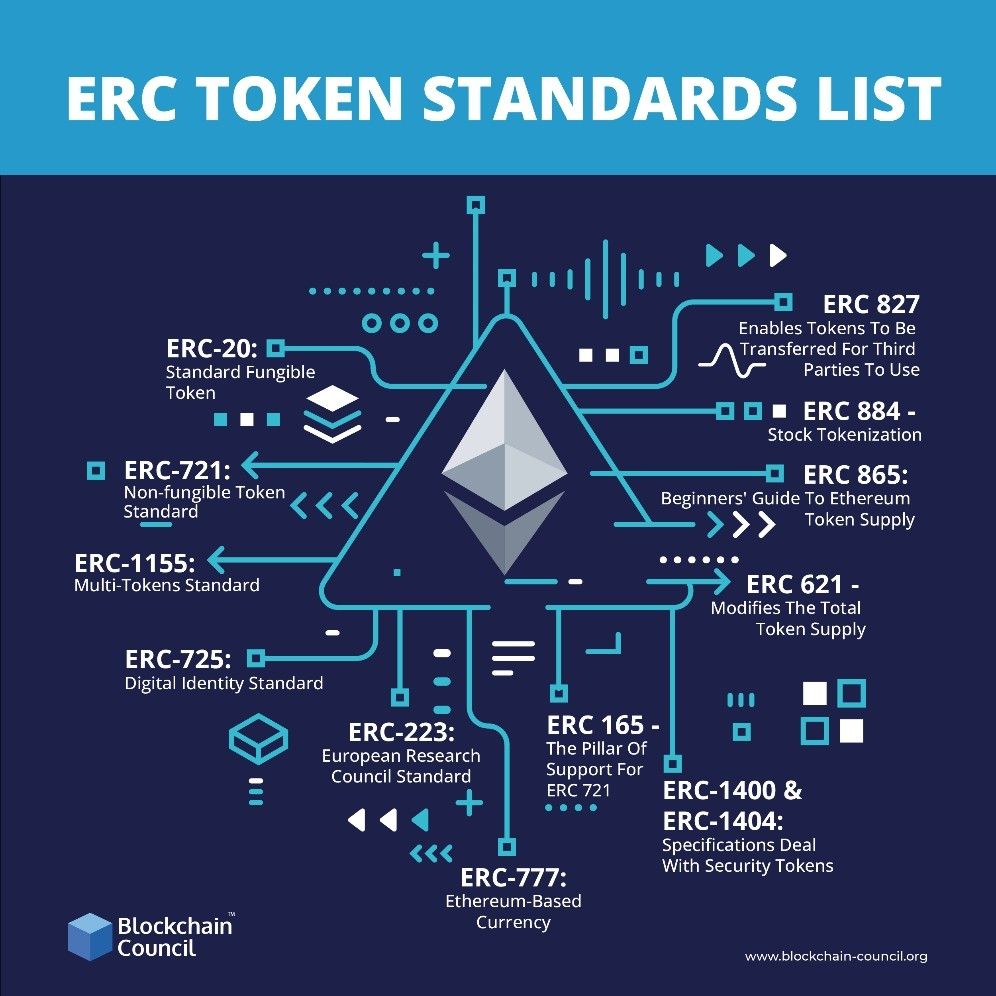

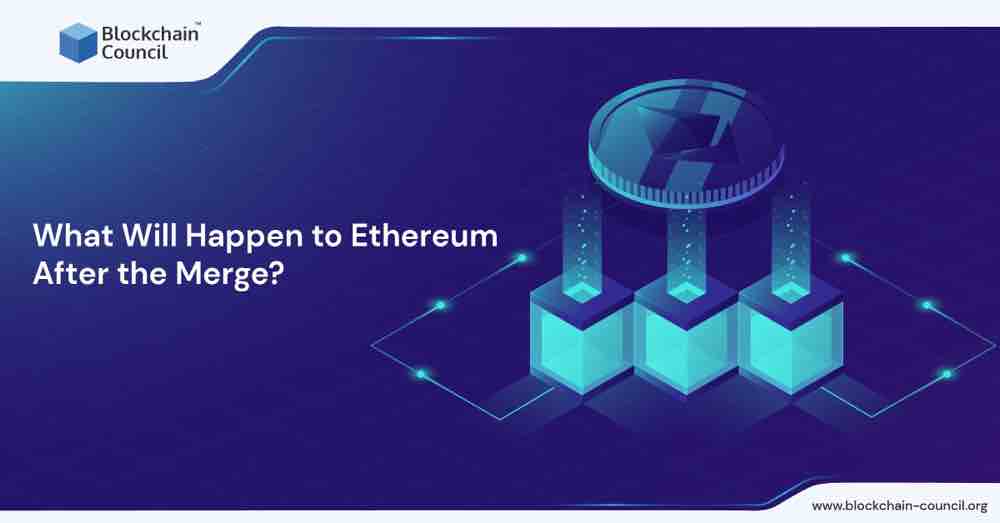
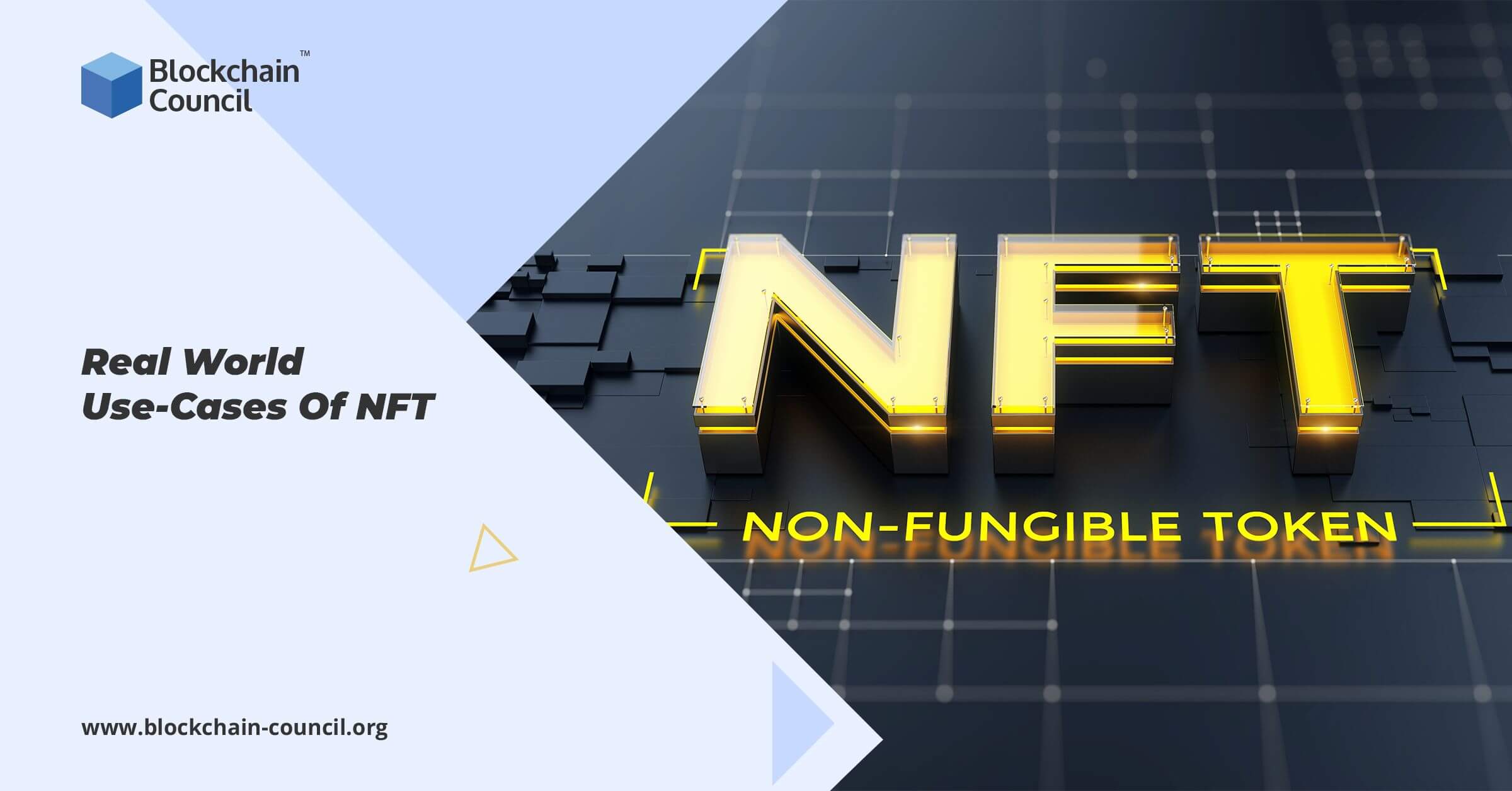
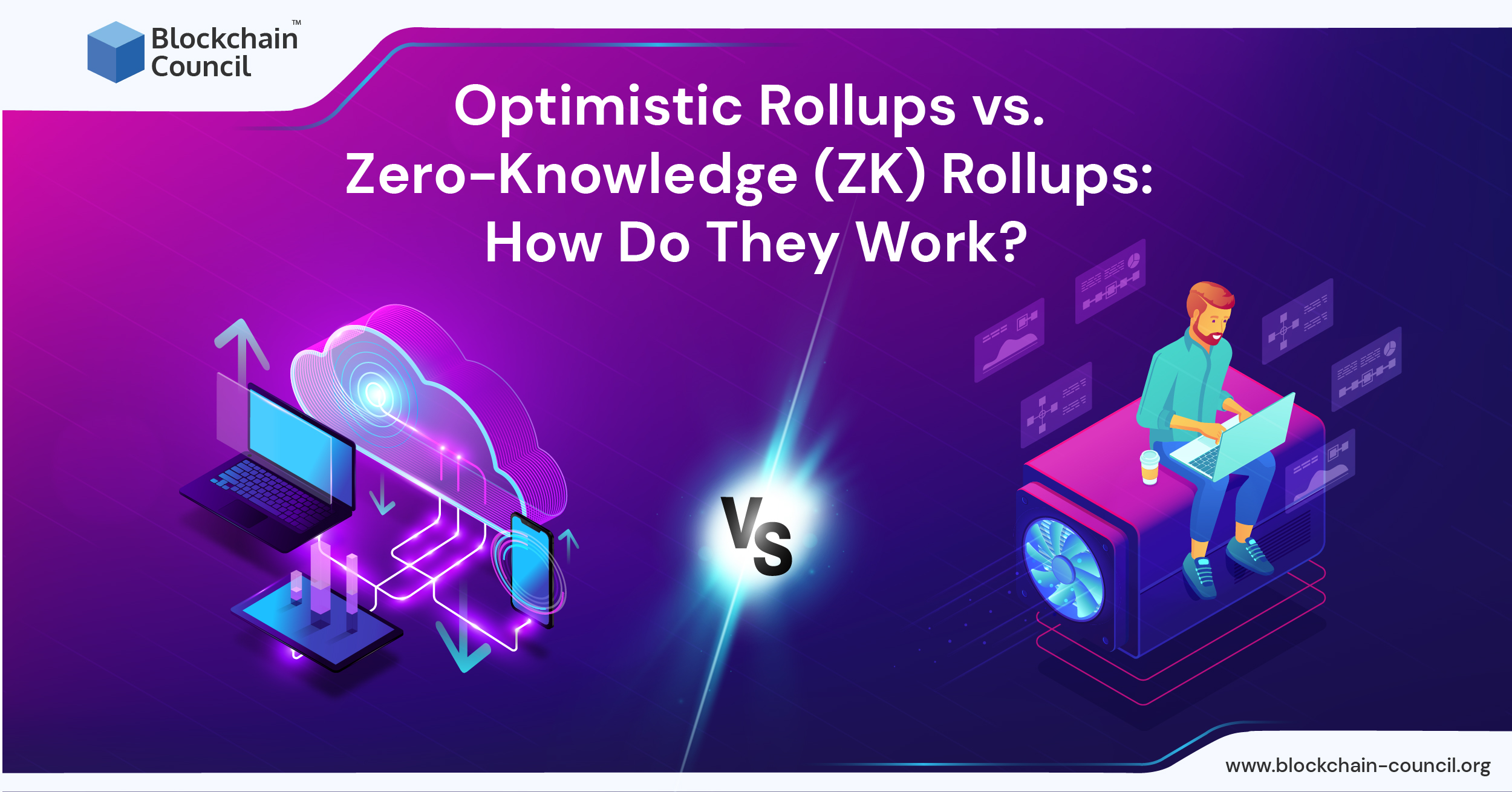
 Guides
Guides News
News Blockchain
Blockchain Cryptocurrency
& Digital Assets
Cryptocurrency
& Digital Assets Web3
Web3 Metaverse & NFTs
Metaverse & NFTs
